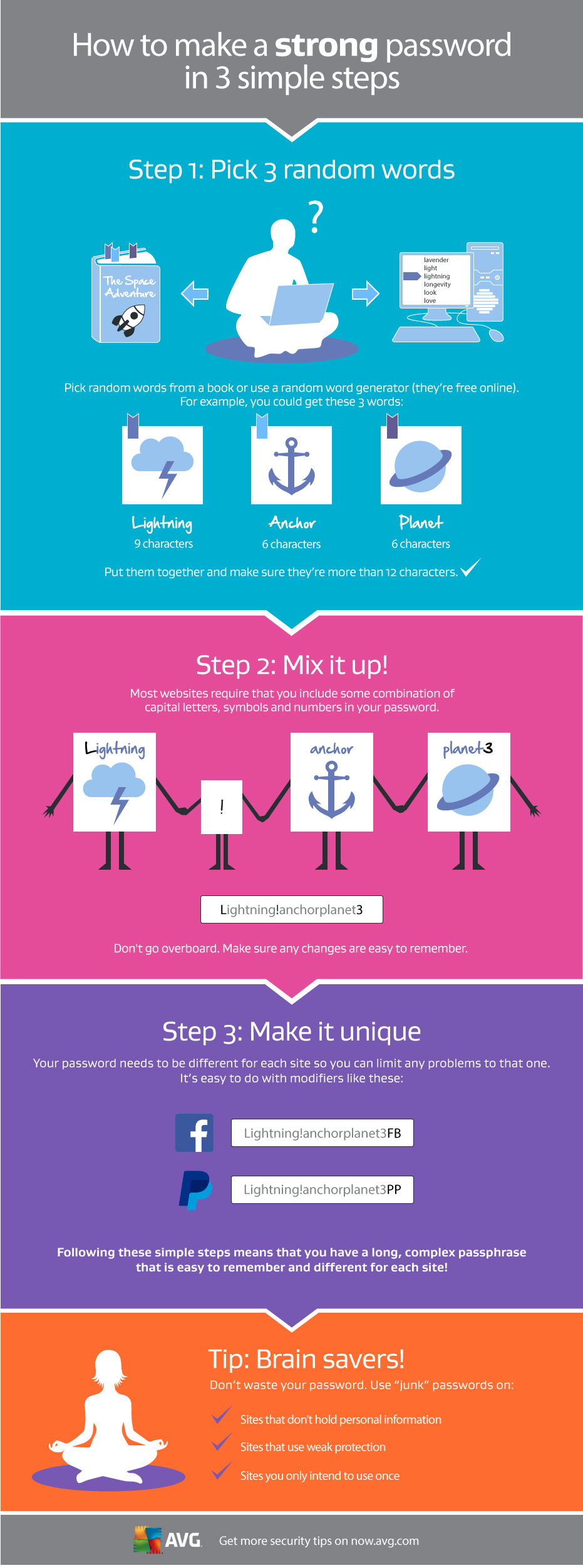Many of us question the impact of technology on work-life balance, as our lives play out in the always on, always connected 24×7 workplace.
Now, in the heat of the late summer, the topic has become a hot one in the tech industry itself – from a controversial new New York Times expose that examines Amazon’s purported workplace culture to the highly-reported news of increased parental leave programs by key companies and, finally, a release of some annual “top” ranked company lists.
First, a look at the expanded parental leave offerings unveiled this summer:
- Netflix announced it is offering a year’s paid maternity or paternity leave to its employees. Specifically, Netflix has put in place “an unlimited leave policy for new moms and dads that allow them to take off as much time as they want during the first year after a child’s birth or adoption.”
- Microsoft said it would offer 20 weeks of paid leave to new mothers, up from its current 12 weeks paid and eight weeks of unpaid leave. New fathers will get 12 paid weeks, instead of four paid and eight unpaid.
- Adobe said it would offer parents who are the primary caregivers 16 weeks of paid leave after the birth or adoption of a child – in addition to 10 weeks of paid medical leave following childbirth. That means a new mother could take a total of 26 weeks off — up from the current nine weeks.
Among offerings of other tech giants already in place: Google raised its paid maternity leave from 12 to 18 weeks in 2007. Facebook’s new parents receive four months of paid leave, as well as $4,000 in “baby cash.”
Analysts say the underlying goal of the newly updated parental leave programs is not totally altruistic,but are efforts for the companies to stay competitive in the super competitive Silicon Valley tech job market. They also expect that outside of the tech sector, little will change… particularly for startups and smaller businesses that cannot afford to provide equally rich programs.
While the new parental-leave policies of tech powerhouses are innovative, the U.S. is still playing catch-up when it comes to other nations. For example, the U.S. is the only developed country that does not mandate any paid leave for new mothers. (See Pew research on the topic from 2013 here.) BTW, in most countries that offer paid time for mothers (a median of 5-6 months), their government picks up the tab and paternity leave is more limited (offered by only 25 of the 38 nations).
U.S. Sen. Kirsten Gillibrand of New York and U.S. Congresswoman Rosa DeLauro of Connecticut are pushing for a new law that would provide 12 weeks, but not unlimited leave, in the U.S. under their bill, employees and employers would make small contributions and pool them so that workers can draw a significant portion of their pay while caring for a newborn or for other serious personal or family illness.
To be sure, advances that are taking place toward work/life balance in the U.S. aren’t only in the domain of Silicon Valley. In its examination of the 25 companies that have “the best” work/life balance in the U.S, Forbes Magazine cited more exemplary non-tech companies than tech examples. Forbes’ criteria went beyond time-off to other considerations.
According to the Forbes list, the best company for work/life balance for the third year in a row, is non-tech giant Colgate/Palmolive. Among tech companies to rank on the list were Google, Nokia, Philips, Motorola, and Intel… You can access the list here. (The Forbes survey, conducted in concert with the job search engine Indeed, ranked companies with least 100 employees which hire primarily full-time workers. The list does not include government or military organizations, colleges and universities, nonprofits, or staffing agencies.)
The Forbes survey also notes that in 2015 work/life balance, flexibility is fast rising up the ranks in importance. Though the number one consideration for people is still pay, number two is location and number three is flexibility – even ahead of benefits.
In the end, though it may be a culprit when it comes to taking away from our work/life balance, technology is also a driving factor in helping make the balance possible…
And there lies a conundrum that we in the tech industry and all companies must all continue to work on.
![]()
![]()





